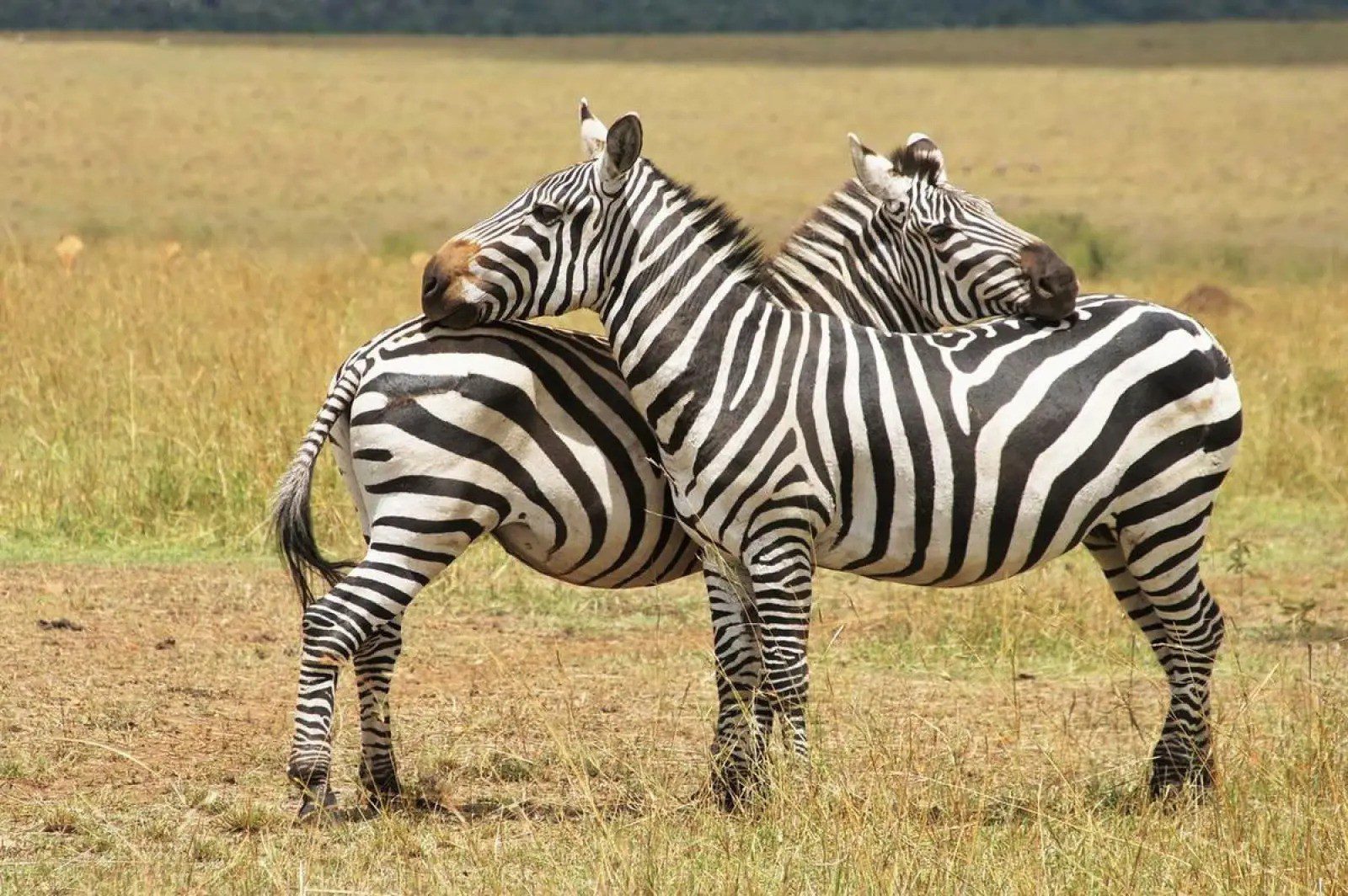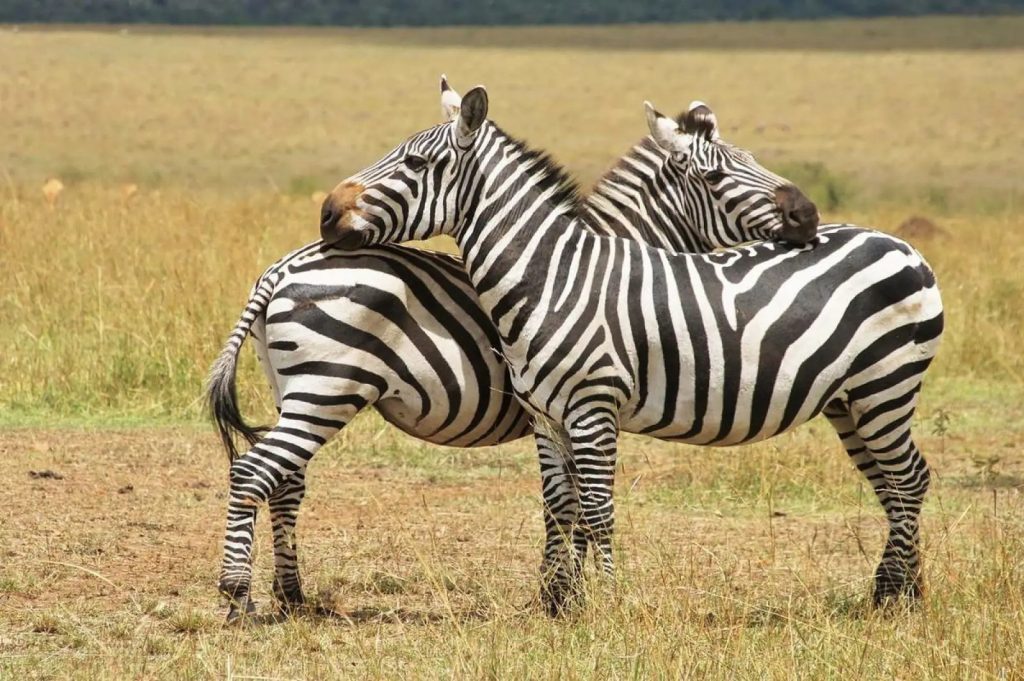
Human males are usually taller and heavier than females. Similarly, male lions and gorillas are much more sizable and stronger than their female counterparts. Since the time of Charles Darwin, the belief has been that males are generally bigger than females in the mammalian realm. However, a recent study that compared male and female body masses across 429 species in the wild challenges this assumption. about 15% In most cases, males are not larger than females. In fact, in many species, males and females are approximately equal in size. There are instances of males being larger than females and females being larger than males (like in the case of the northern elephant seal), but neither is the norm.
This discovery not only provides insight into the diversity of mammalian life but also highlights the potential biases that have influenced scientific understanding for many years. NoneNone
None
None
None
None Kaia TombakNone None None mammalsNone
None
None
None
None NoneNone
Each species is affected by the evolutionary pressure of their environments, as well as by factors like sexual selection and interspecies competition. For example, in some species, males may be larger than females because they compete for the chance to mate with females, and larger males are more likely to be successful. However, some species are encouraged to produce larger females. The The “big mother” hypothesis, for example, proposes that bigger females may have a reproductive advantage, able to bear and care for more successful offspring. Female whales, which are considerably larger than males, fit this pattern.
By challenging the existing beliefs, this research opens up new possibilities for exploration and understanding, offering a more detailed and precise picture of the natural world. As we delve deeper into the study of life on Earth, embracing complexity and diversity in all its forms continues to be a fundamental principle for scientific inquiry.
“Changing the focus of sexual selection research from the assumption of larger males leads to a set of interesting questions for future inquiry and for advancing theory,” the researchers wrote in the journal Nature Communications.









